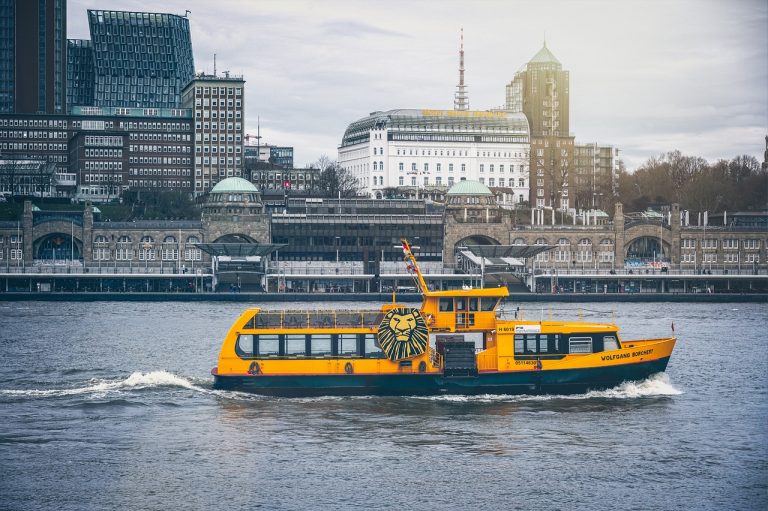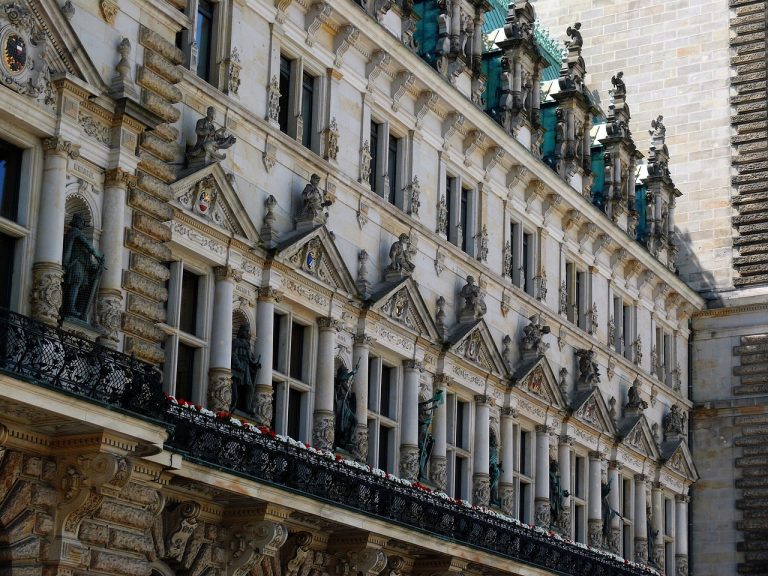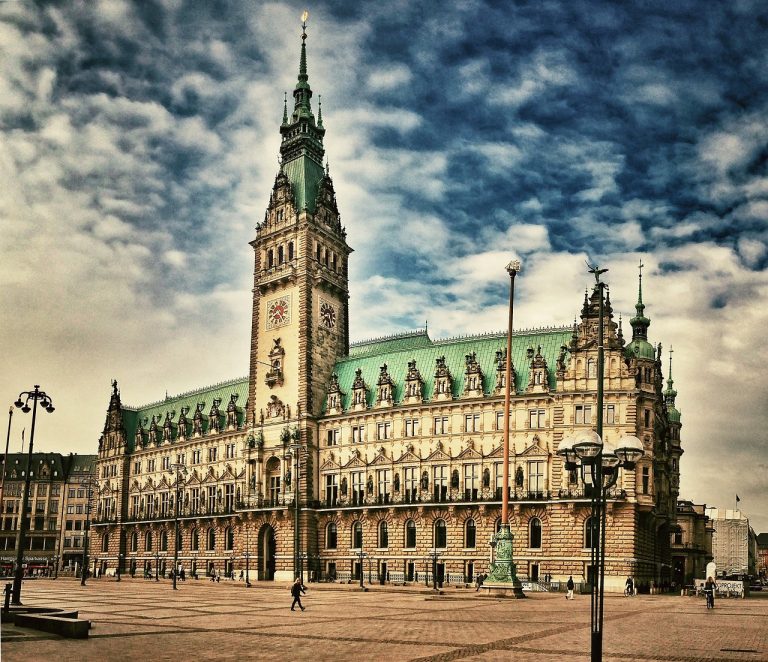Hamburg Germany Video
Historical Landmarks of Hamburg Germany: A Deep Dive
Hamburg, Germany, is a city steeped in rich history and boasts a plethora of historical landmarks that showcase its cultural heritage. From centuries-old churches to grand palaces, Hamburg’s historical landmarks offer visitors a glimpse into the city’s past. In this article, we will take a deep dive into some of the most significant historical landmarks in Hamburg.
Hamburg City Hall
- Location: Rathausmarkt 1, 20095 Hamburg
- Description: Hamburg City Hall, or Rathaus, is a stunning neo-Renaissance building that dominates the city’s central square. Constructed between 1886 and 1897, it is home to the city’s government and serves as an architectural masterpiece. The building’s ornate façade features intricate sculptures and decorative elements. Inside, visitors can explore the lavish ceremonial halls and admire the opulent interiors.
- Historical Significance: Hamburg City Hall is a symbol of the city’s prosperity and political power. It represents the democratic governance of Hamburg and has witnessed significant historical events throughout its existence.
St. Michael’s Church
- Location: Englische Planke 1, 20459 Hamburg
- Description: St. Michael’s Church, locally known as “Michel,” is one of Hamburg’s most iconic landmarks. This magnificent Baroque-style church dates back to the 17th century and features a distinctive copper-clad spire that offers panoramic views of the city. The interior of the church is adorned with beautiful artworks, including the famous Arp Schnitger organ.
- Historical Significance: St. Michael’s Church has endured fires and bombings throughout its history but has always been rebuilt to preserve its cultural and historical importance. It serves as a symbol of resilience for the people of Hamburg.
Hamburg Germany Image 1:
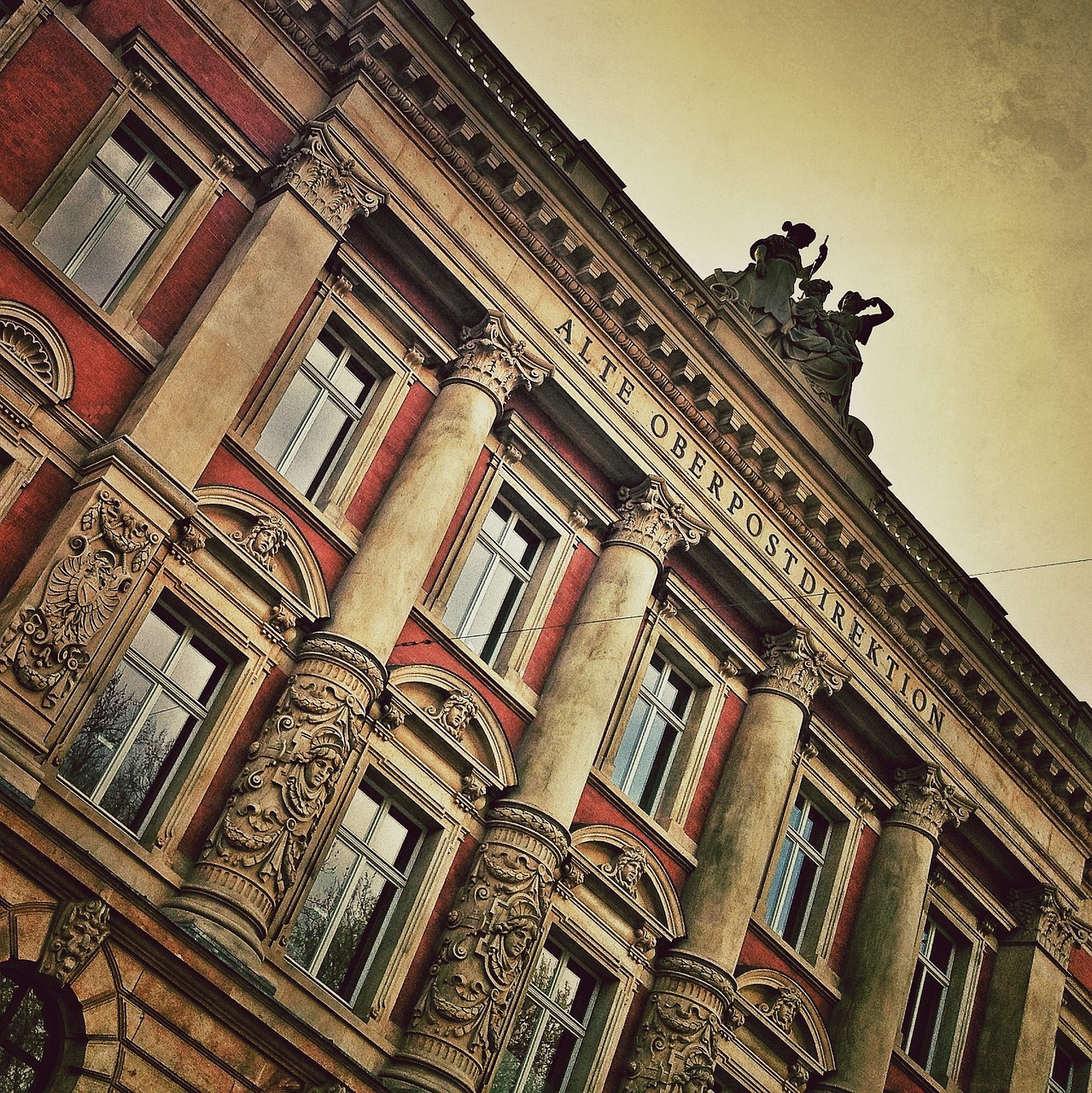
Hamburg Warehouse District
- Location: Speicherstadt, 20457 Hamburg
- Description: The Hamburg Warehouse District, or Speicherstadt, is the largest warehouse district in the world and a UNESCO World Heritage site. Built between 1883 and 1927, it comprises a network of red-brick buildings interconnected by canals and bridges. The district served as a hub for international trade and storage of goods, showcasing Hamburg’s prominence as a trading city.
- Historical Significance: The Hamburg Warehouse District played a vital role in the city’s economic growth during the late 19th and early 20th centuries. Today, it stands as a testament to Hamburg’s maritime heritage and architectural grandeur.
Elbphilharmonie
- Location: Platz der Deutschen Einheit 1, 20457 Hamburg
- Description: The Elbphilharmonie is a modern architectural marvel that has become an iconic symbol of Hamburg. This concert hall, opened in 2017, is situated on the banks of the River Elbe and features a unique glass structure atop an old warehouse building. The venue hosts world-class musical performances and offers breathtaking views of the city.
- Historical Significance: While the Elbphilharmonie is a relatively new addition to Hamburg’s skyline, it represents the city’s commitment to blending modernity with its rich cultural heritage. It has quickly become a landmark that embodies Hamburg’s vibrant arts scene.
Hamburg Germany Image 2:

Planten un Blomen
- Location: St. Petersburger Str. 28, 20355 Hamburg
- Description: Planten un Blomen is a beautiful park located in the heart of Hamburg. Spanning over 47 hectares, it offers lush green spaces, vibrant flower gardens, and serene water features. The park is a popular recreational area for locals and visitors alike, with attractions such as the Japanese Garden, the Tropical House, and an open-air theater.
- Historical Significance: Originally established in the 17th century as a botanical garden, Planten un Blomen has evolved over the years to become a cherished urban oasis. It provides a peaceful retreat from the bustling city and showcases Hamburg’s commitment to nature and public spaces.
Hamburg Museum
- Location: Holstenwall 24, 20355 Hamburg
- Description: The Hamburg Museum, also known as Museum für Hamburgische Geschichte, is dedicated to preserving and showcasing the history of the city. Through a vast collection of artifacts, interactive exhibits, and multimedia presentations, visitors can explore Hamburg’s past, from its medieval beginnings to its role as a major port city.
- Historical Significance: The Hamburg Museum plays a crucial role in preserving the city’s historical heritage and educating visitors about its cultural significance. It offers a comprehensive overview of Hamburg’s development and its impact on regional and global history.
Hamburg Germany Image 3:
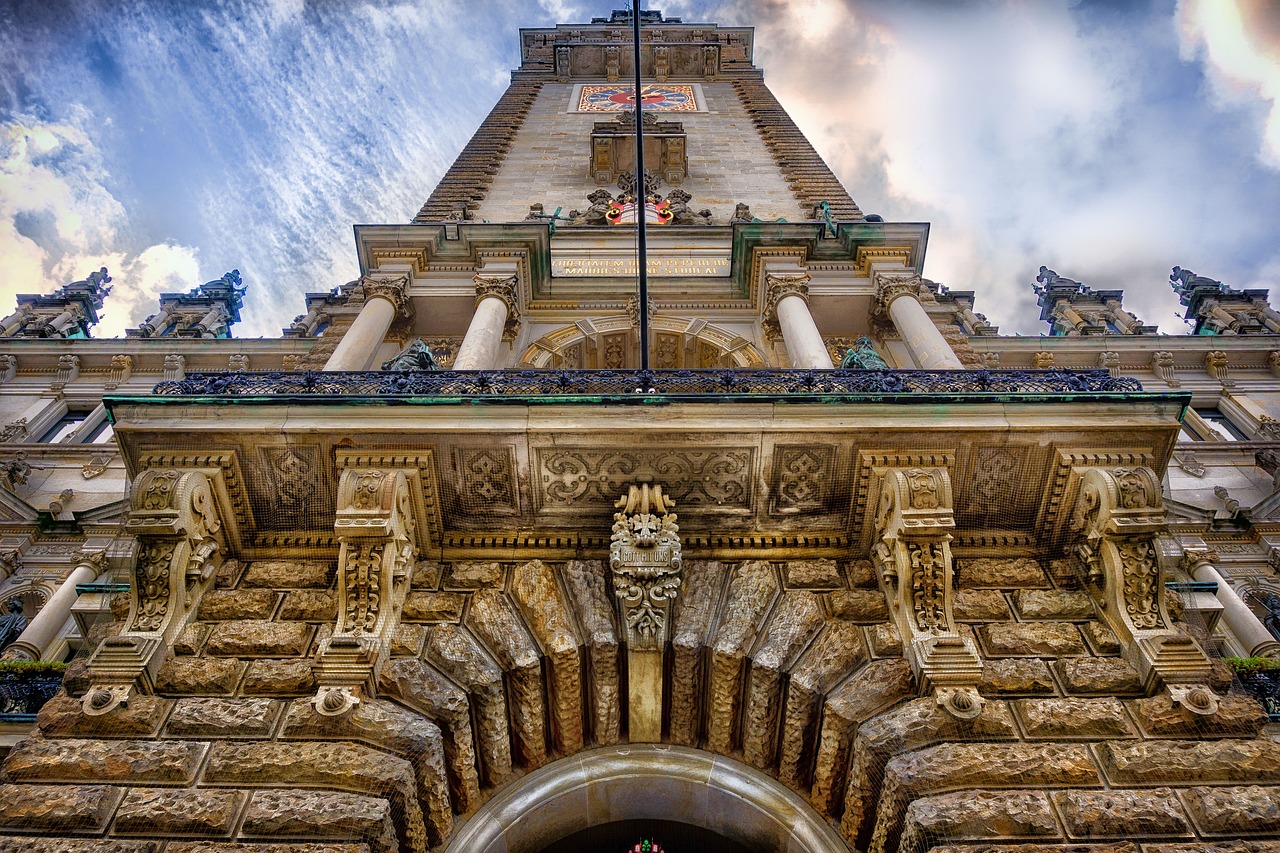
Ohlsdorf Cemetery
- Location: Fuhlsbüttler Str. 756, 22337 Hamburg
- Description: Ohlsdorf Cemetery is one of the largest rural cemeteries in the world, covering an area of over 400 hectares. It serves as the final resting place for numerous notable individuals and features impressive mausoleums, sculptures, and beautifully landscaped gardens. The cemetery also serves as a tranquil park for visitors to stroll through.
- Historical Significance: Ohlsdorf Cemetery reflects the cultural and historical importance of Hamburg’s citizens throughout the centuries. It is a place of remembrance and an architectural testament to the city’s reverence for the departed.
Hamburg Dungeon
- Location: Kehrwieder 2, 20457 Hamburg
- Description: The Hamburg Dungeon offers a unique and immersive experience that takes visitors on a journey through the dark and often gruesome history of the city. Through interactive shows, actors, and special effects, visitors can learn about Hamburg’s past, including stories of pirates, plague outbreaks, and infamous criminals.
- Historical Significance: While the Hamburg Dungeon may not be a traditional historical landmark, it provides an entertaining and educational insight into the darker aspects of the city’s history. It offers a different perspective on Hamburg’s past and appeals to those interested in immersive storytelling.
Alster Lakes
- Location: Jungfernstieg, 20354 Hamburg
- Description: The Alster Lakes consist of two interconnected artificial lakes, the Inner Alster and the Outer Alster. Surrounded by picturesque promenades and parks, they are popular for recreational activities such as boating, sailing, and picnicking. The lakes provide a scenic backdrop to the cityscape of Hamburg.
- Historical Significance: The Alster Lakes have been an integral part of Hamburg’s history, serving as a water source, transportation route, and leisure destination. They have played a significant role in shaping the city’s identity and continue to be a beloved feature of Hamburg’s landscape.
Conclusion
Hamburg, Germany, is a city that seamlessly blends its historical heritage with modern innovation. The historical landmarks explored in this article offer a glimpse into Hamburg’s past, from its grand City Hall to its iconic churches and vibrant cultural sites. Whether visitors are interested in architecture, history, or simply immersing themselves in the city’s ambiance, Hamburg’s historical landmarks provide a captivating journey through time.
References
- Rathaus Hamburg: www.hamburg.de/rathaus/
- St. Michael’s Church: www.st-michaelis.de
- Speicherstadt Hamburg: www.hamburg.com/sights/speicherstadt/
- Elbphilharmonie: www.elbphilharmonie.de
- Planten un Blomen: www.hamburg.com/planten-un-blomen/
- Hamburg Museum: www.hamburgmuseum.de
- Ohlsdorf Cemetery: www.friedhof-hamburg.de
- Hamburg Dungeon: www.thedungeons.com/hamburg/en/
- Alster Lakes: www.hamburg.com/sights/alster-lakes/


